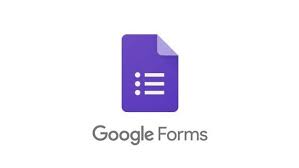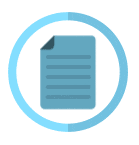The implementation of social interactive Writing for English Language Learners (SWELL) method in teaching writing of narrative text at tenth grade students of SMA As-Shomadiyah Bangkalan
Keywords:
SWELL (Social-Interactive Writing for English Language Learners), implementation, writingAbstract
The study conducted in SMA AS-Shomadiyah Bangkalan because the researcher found out that the students of SMA AS-Shomadiyah Bangkalan have several problems in teaching-learning English, especially in Narrative Text. They have difficulty to understand texts and the generic structure of Narrative Text and also in the changing of past participle especially the irregular verb. These problems are caused by several factors. First, they have difficulties in understanding the Narrative Text and they also have lack of vocabulary of past participle verb especially the irregular verbs, so they still find it difficult to write Narrative Texts. Second, the students do not seem to enjoy English writing lesson because the teacher just asks students to do the exercise based on the text book. It makes students bored and exhausted. In this study, the teacher used SWELL (Social-Interactive Writing for English Language Learners) method as the alternative method in teaching writing. The objective of this study is to know the implementation of SWELL in teaching writing narrative text at tenth grades students of SMA AS-Shomadiyah Bangkalan and to find out the students responses in the implementation of SWELL in teaching writing narrative text at tenth grades students of SMA AS-Shomadiyah Bangkalan. The design of this study is a descriptive qualitative design. The instruments used in this study consist of observation checklist and interview. Finally, after implementation of SWELL the researcher believe the student’s writing ability of tenth grades students of SMA AS-Shomadiyah Bangkalan can be better. They interest to write and explore their ability well.
Downloads
Published
How to Cite
Issue
Section
License
1. Copyright of this journal is possession of Editorial Board and Journal Manager, by the knowledge of author, whilst the moral right of the publication belongs to the author.
2. Legal formal aspect of journal publication accessibility refers to Creative Commons Atribution-ShareAlike (CC BY-SA), implies that this license lets others remix, adapt, and build upon your work even for commercial purposes, as long as they credit you and license their new creations under the identical terms. This license is often compared to “copyleft” free and open source software licenses.
3. Every publications (printed/electronic) are open access for educational purposes, research, and library. Other that the aims mentioned above, editorial board is not responsible for copyright violation















